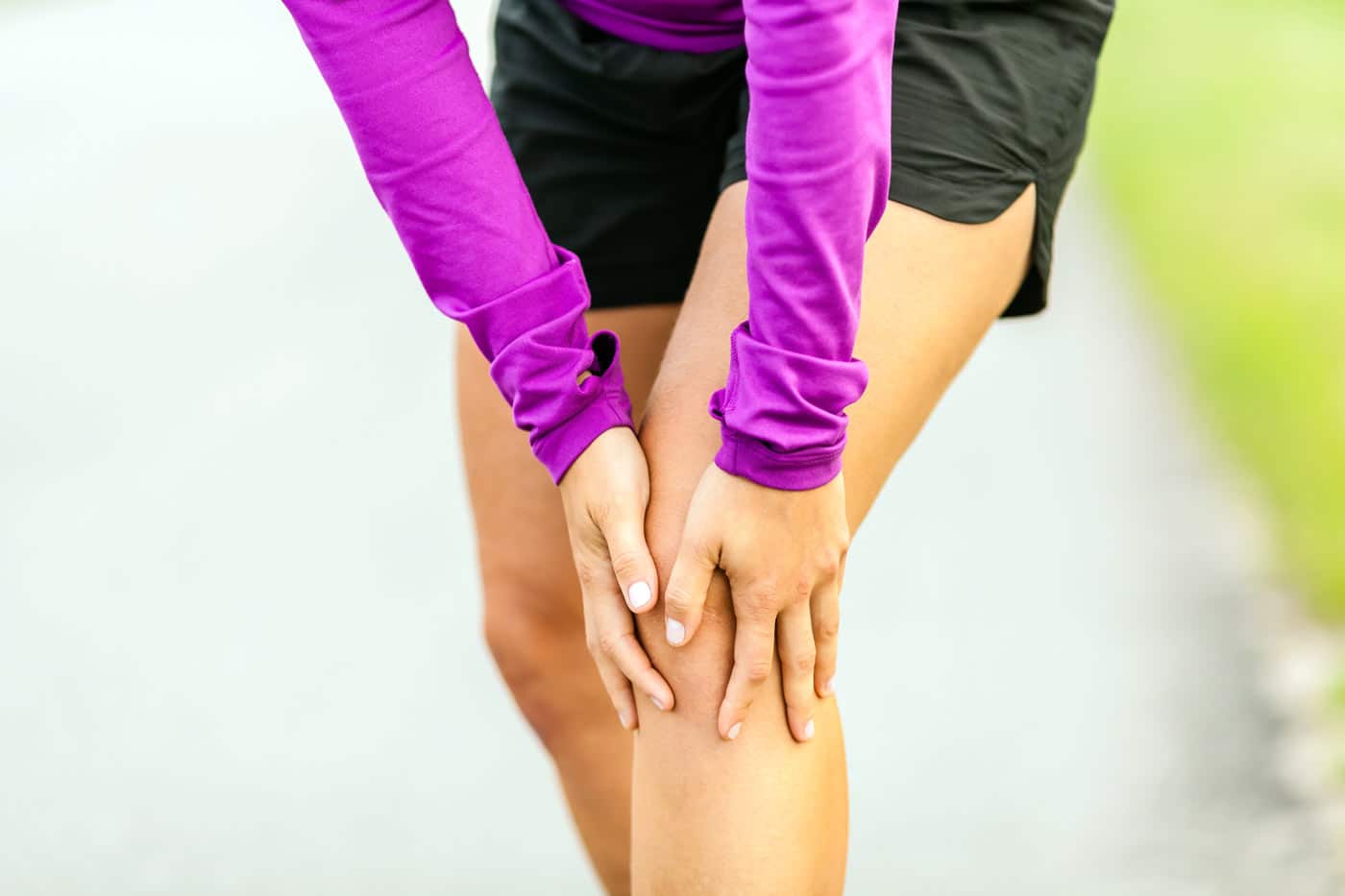
Your knees are almost always working. Walking to and from your daily tasks, withstanding the majority of your body weight and doing any exercise that involves the lower body all require healthy knees. While maintaining an active lifestyle prevents things like injuries or muscle strain, sometimes overexertion of the most used joints and ligaments can lead to varying degrees of knee pain.
The Southeastern Spine Institute and Ambulatory Surgery Center (SSI) has specialists on staff to deliver knee pain treatment, which also can be an underlying cause of back problems. If you find your knees are hurting and in need of immediate or long-term knee pain treatment, seek the advice of an experienced team of knee and back doctors. Contact SSI to speak to a doctor about your next step, which probably include a physical evaluation.
What Happened?
The first step in any effective knee pain treatment is figuring out how you hurt yourself. Pinpointing the cause informs your doctor as to the reason for your pain and helps you avoid repeating the action that caused the strains. An accurate diagnosis leads to effective treatment that minimizes immediate pain, too. The most common causes of knee pain include:
- Tendinitis. An irritation or inflammation of the tendon that connects a knee bone to muscle is a condition caused by repeated overexertion of the knee, often through exercise.
- Ligament sprain. A tear in the fibrous tissue that connects a knee bone to the joint is caused by the knee joint being forced into an unnatural position, usually through trauma.
- Meniscus tear. A tear in the C-shaped cartilage between the thighbone and shinbone may be caused by a sudden twist in the knee when weight is being placed on it.
- IT band syndrome. When tightness in the connective tissue extends from your pelvic bone to the shinbone, it’s caused by distance running and overextension of your legs.
- Osteoarthritis. The wearing down of the cartilage in your knee is usually caused by age. As water levels in the cartilage rise, protein levels decrease, making the joint more susceptible to damage.
- Bursitis. The inflammation of bursae, the fluid-filled pads that cushion the knee joints, leads to swelling. It’s caused by repeated pressure on the joint or pre-existing arthritis.
Treatment Plans
Like all kinds of aches and pains, knee injuries seem to crop up at the most inopportune times. If you’re unable to get in and see a doctor, schedule a virtual appointment, a new service from SSI. In the meantime, you can try these DIY knee pain treatment methods:
- Knee brace
- Over-the-counter pain medicine
- I.C.E. — rest, ice, compression and elevation
- Warm baths
- Cushioned shoe insoles
- Knee-safe cardio, such as walking, swimming and elliptical machines
If your pain persists or worsens, refer to your SSI knee specialist for the next step in your knee pain treatment plan. When medical intervention becomes necessary for a knee injury, your SSI doctor may recommend safe and effective treatments such as:
- Corticosteroid injections
- Prescription pain relievers
- Physical therapy
- Orthotic shoes
- Surgery, as a last resort
As one of the most common musculoskeletal injuries, knee damage happens to many people at one point in life. To greatly reduce the likelihood of injuring your knees, take preventative measures like stretching before any physical activity and listen to your body during a rigorous exercise routine.
